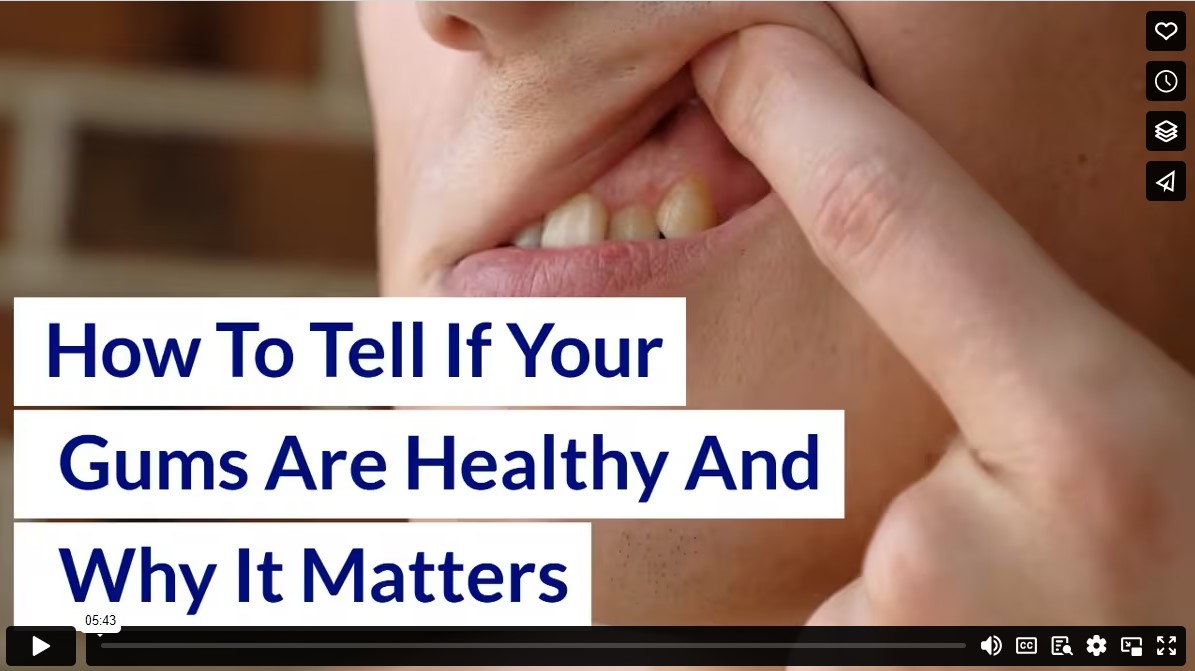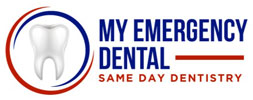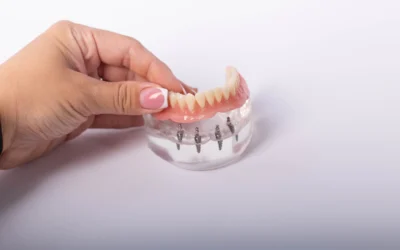Georgia is known for its stunning views, subtropical climate, and delicious foods, like buttery pecan pie, warm peach cobbler, sweet tea, and flavored boiled peanuts. We aren’t afraid of rich food when it comes with good company on a warm summer night.
However, when we hear, “Give me some sugar,” we worry more about our pearly whites and fresh breath.
Healthy gums are the foundation of a great smile. More than that, they’re linked to better overall health. What are the signs of healthy gums? What does it do for you? And how do you improve the situation if you’re experiencing symptoms of gum disease?
Healthy Gums
Here are some of the signs of healthy gums:
Gum Color
The gums should be coral pink, not red or white.
- Red tissue means inflammation. Swelling can occur as a result of injury, disease, or poor overall health.
- White gum tissue could have many causes.
- Localized infection from an injury
- Gum disease (gingivitis)
- Canker sores
- Leukoplakia (white spots in the mouth that can be a precursor to cancer)
- Oral Lichen Planus (an autoimmune disease that attacks the tissues of the mouth and can lead to cancer)
- Thrush (oral yeast infection)
- Trauma caused by cheek biting, tooth extraction or teeth whitening (usually temporary)
Firm Tissue
The gums should be firm. Spongy gums could indicate a breakdown of tissue or build up of fluid under the surface. Gums should not be too hard either, as this may indicate swelling.
To check your gums, rub a clean finger over the tissue. Pressure should cause the color to lighten while releasing it allows the color to return. Slight pressure shouldn’t cause pain.
Form
The tissue should form around the teeth without gaps.
- Gaps around the tooth can harbor bacteria that can breed around the tooth’s base.
- Receding tissue could expose more sensitive surfaces of the teeth, making teeth sensitive to pressure and temperature changes.
- Swollen gums can trap food particles and plaque between teeth, making flossing difficult. Plaque and food debris can also cause infections.
- Damaged tissue will be less effective at holding teeth in place. Teeth may wiggle or even fall out.
Smell
Your breath should have a neutral odor without mints or mouthwash. Bad breath is an early sign you may have a problem. Food can rot between your teeth. Food particles can get stuck on your tongue and grow bacteria. Thrush causes a foul taste in the mouth, bad breath, and creamy white patches on the gums and tongue.
Damage
Compromised gums will hurt or bleed when brushing or flossing between teeth. Even healthy gums can bleed if you’re too rough when brushing or flossing. But regular tooth care shouldn’t cause problems.
What Are The Dangers Of Gum Disease?
It might be tempting to dismiss painful gums or bleeding because of a fear of the dentist or paying for dental services without insurance. Or perhaps you just feel too busy to deal with it right now. Unfortunately, not all dental problems go away without help. Gum disease can be life-threatening if left untreated.
- Blood Poisoning- Blood poisoning is the most dangerous outcome. The location matters when you’re talking about infection. Infection can spread through healthy tissue, bone, and blood vessels. Large veins and arteries pass by your jaw. Infection can spread from the mouth to the eyes or sinuses, spreading disease to the brain. If you develop a fever, the pain gets worse, or the area of pain and bleeding gets larger, it’s time for a same-day or emergency dental care appointment.
- Tooth Loss- Infection can destroy the nerves and tissues holding your teeth in place. It can be painful. Your options are a root canal to save the tooth or replacing it if it falls out with a bridge, dentures, or implants. Preventative care can save you both the pain and expense of losing teeth.
- Illness- The body’s attempts to counter infection cause inflammation. Heart disease is a known side effect of prolonged gum disease. Existing heart problems are worsened by inflammation, complicating an already severe condition.
- Other side effects include autoimmune responses to inflammation like rheumatoid arthritis, some forms of cancer, and diabetes.
What Do You Do If You Have Gum Disease Symptoms?
When caught early, changing how you care for your teeth may be enough to help you recover.
- Floss at least once daily, preferably after every meal, so food doesn’t have time to break down and feed bacteria.
- Brush your teeth at least twice daily for two minutes. Be gentle but thorough and focus on the gumline and the back molars. These teeth can be hard to reach and easily missed.
- Use a good mouthwash to help remove any remaining debris and kill germs.
- Use a tongue scraper to remove food particles and other sources of bacteria.
- Gargle and swish warm salt water to help with pain and inflammation. It should also help with the bleeding.
What If Symptoms Don’t Improve?
It’s time for emergency dental services to preserve your health and smile. Sooner is always better in these situations. A dentist can develop a treatment plan to restore the health of your gums and prevent future infections. Your dentist may even be able to provide you with payment options if you don’t have dental insurance.
Video




